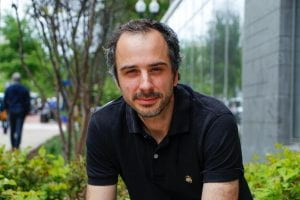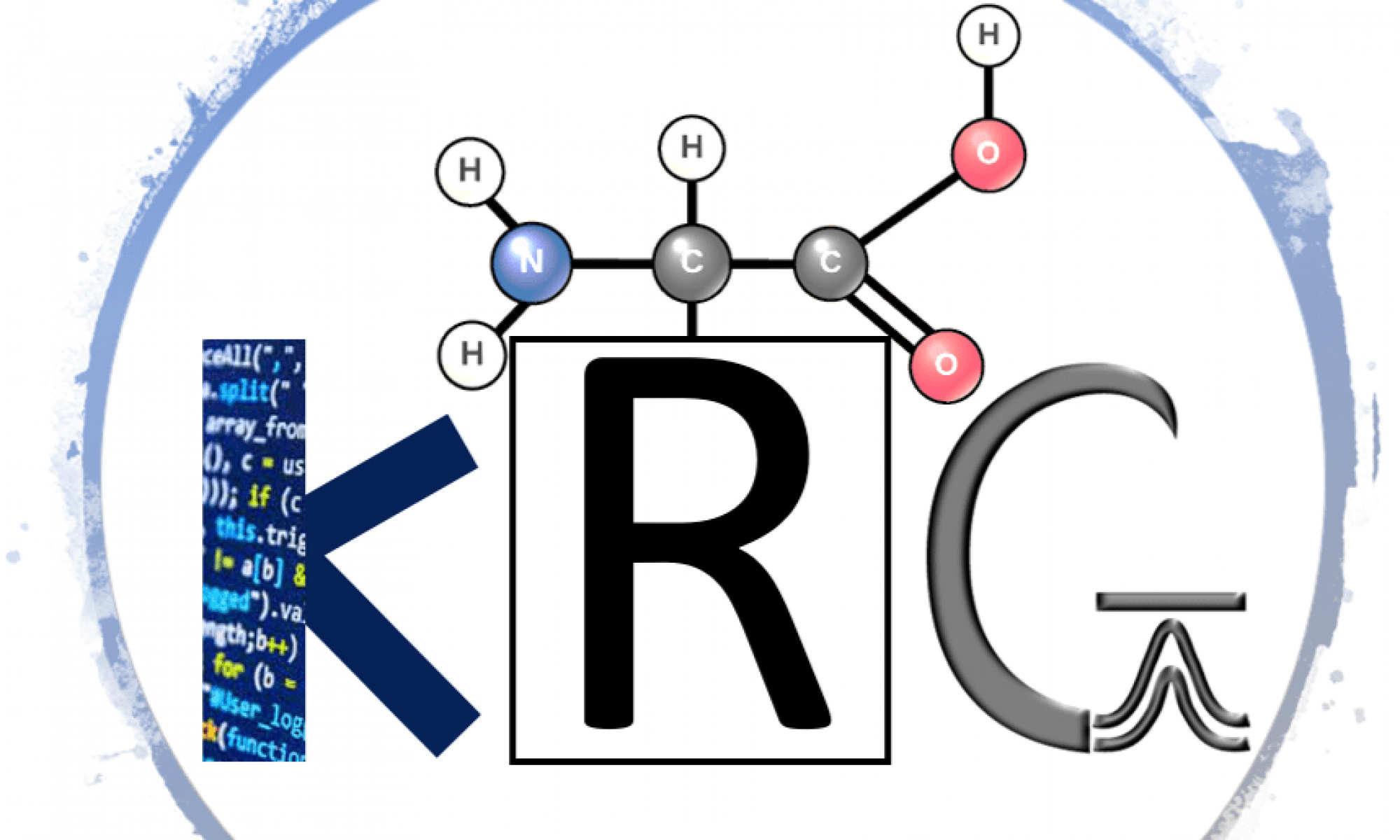 Jakub Kostal comes from a small town called Havlickuv Brod in the Czech Republic. Two years before graduating from high school, Jakub left his motherland, and joined the United World College in New Mexico.
Jakub Kostal comes from a small town called Havlickuv Brod in the Czech Republic. Two years before graduating from high school, Jakub left his motherland, and joined the United World College in New Mexico.
Jakub earned his B.A. degree from Middlebury College in 2006. His first real research project was during sophomore-year internship at the Academy of Sciences in Prague where he tried to synthesize novel oligonucleotides. Unfortunately, his efforts were largely futile: he made some char and broke a few columns. Having learnt from that experience, Jakub decided to join a computational chemistry lab upon his return to Middlebury, but not before skipping off the Egypt for his junior year to study Arabic at the the Arabic Language Institute at AUC. During his senior year, Jakub investigated electrostatic effects in myoglobin using classical molecular dynamics simulations under the tutelage of Professor Steve Sontum. This project went much better than his past endeavors in bench chemistry! Empowered by its positive outcomes, Jakub decided to pursue computational chemistry at a graduate level.
Jakub obtained his PhD degree from Yale University in 2012. At Yale, he studied mechanisms of organic and enzymatic reactions under Bill Jorgensen. His research focused on understanding the role of solvent effects on the rates of chemical reactions. He also developed new approaches for studying free energy surfaces of reactions with complex coordinates and for the coupling of hybrid DFT/MM calculations with MC/FEP simulations. Jakub was briefly involved in a DARPA-funded project on de novo design of enzymes, which investigated the effects of structural modifications of amino acids on enzymatic function. During his last 2 years, Jakub started to collaborate with Yale’s Center of Green Chemistry and Engineering, run by Paul Anastas.
Seeing the potential in applying computational chemistry techniques to challenges in green chemistry and predictive toxicology, Jakub decided to join a company called Sustainability A to Z (www.sustainabilityatoz.com) for this postdoc. During his time at A to Z (2012-2014), Jakub developed a new computational tool for the prediction of skin sensitization called CADRE-SS (Computer-Aided Discovery and REdesign of Skin Sensitizers). In 2014 Jakub became the Chief Scientific Officer at A to Z.
Jakub joined the ranks of GWU first as a research faculty at the Computational Biology Institute (2015-2016) and in August 2016 as an Assistant Professor of Chemistry.
